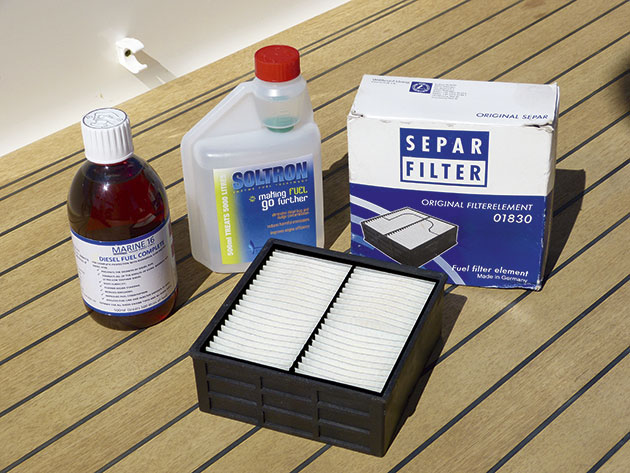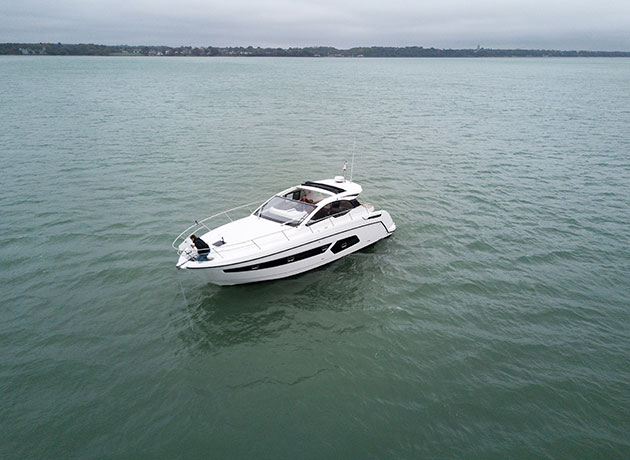MBY’s definitive guide to boat handling. In this episode we show you how to hold your boat steady
Many people find skippering a motor cruiser challenging. The shallow hull form has limited grip on the water and combined with high windage, the boat can feel hard to control at low speed.
This gets worse as the wind gets up and on good sailing days, many motor boats stay in the marina because their owners are intimidated by the conditions.
All good boat handling comes from being able to balance the boat against the elements. By elements, I mean what the wind is doing above the water and what the tide or stream is doing beneath it.Master this skill and you will be a calmer, safer boater and buy yourself the time and space to plan any subsequent manoeuvre. Article continues below…

VIDEO – How to: Recommission your boat
With the season coming round fast we guide you through how to recommission your boat and ensure it is in

VIDEO: How to… Prevent diesel bug
No owner wants plans to be cut short by diesel bug, Jon Mendez's video goes through how to prevent dreaded

VIDEO: How to… Polish your boat
MBY's definitive guide to all those essential tasks you need to know how to do but were too afraid to
So what’s the secret? Primarily, observation. The first step is learning how to spot what the wind and tide are up to, and then taking into account any local anomalies that might affect your boat.
Wind information can come from anything from patterns on the water to flags on neighbouring buildings or the top of yacht masts. Just remember that a yacht mast may be giving direction and strength 50ft up rather than the 0-15ft level that’s affecting your boat.
The wind also has a nasty habit of testing you with sudden gusts and changes of direction or by dying away when you’re leaning on it.The chances of this happening also need to be taken into account.
Water movement is usually more constant and predictable, although you still need to look for any anomalies around obstructions that might redirect the speed or direction of flow.
Having done your observations, you need to practise balancing the boat against these two elements. Even the best of us can only balance the boat with either the bow or stern pointing into the combined force of these elements. Many craft are more easily balanced stern to the elements, but most people find bow on a better place to start as it’s easier to spot what’s going on and react accordingly.
The absolute key to judging what’s going on is to use transits – that’s two items that when lined up, are stationary in relation to each other. Any movement of these objects relative to each other means the boat is moving.
You really need two transits, one off the bow if facing forward (or the stern if facing aft) to judge which way you are moving laterally, and one abeam so that you can judge any movement fore and aft.
The boat is only truly stopped when both transits are static. The boat won’t stay there long, so the next skill to practise is predicting which way it will be moved next by the elements and being just ahead of that movement with your helm and engines to counteract it.
Especially practise using the one abeam so that when you moor the boat, you can judge exactly when the boat has stopped completely.






















